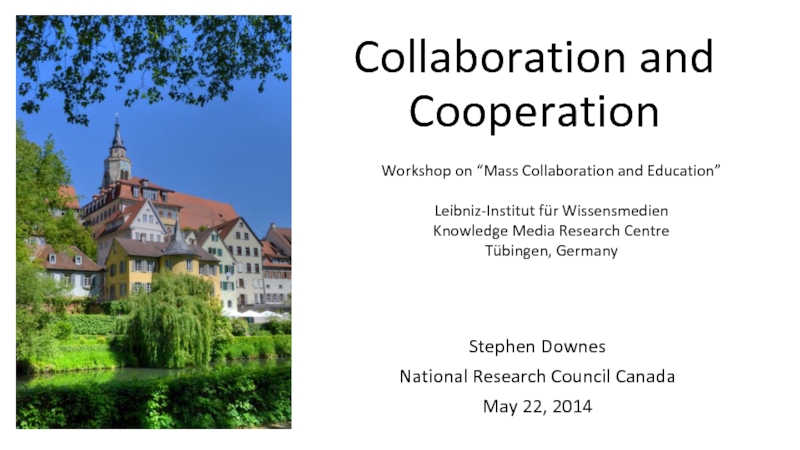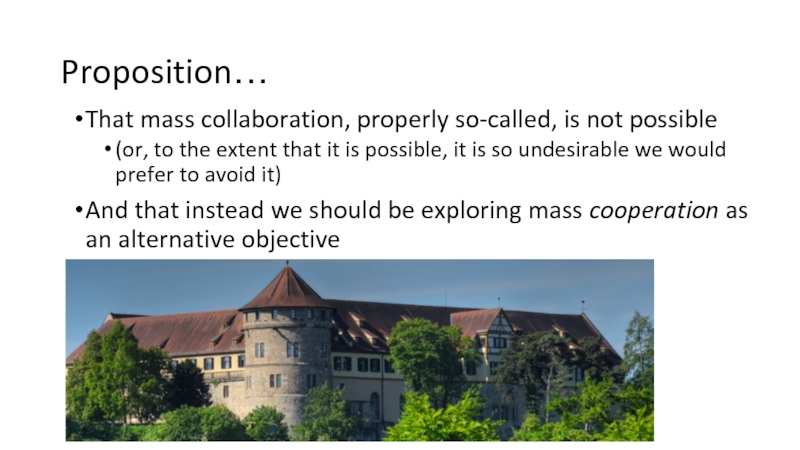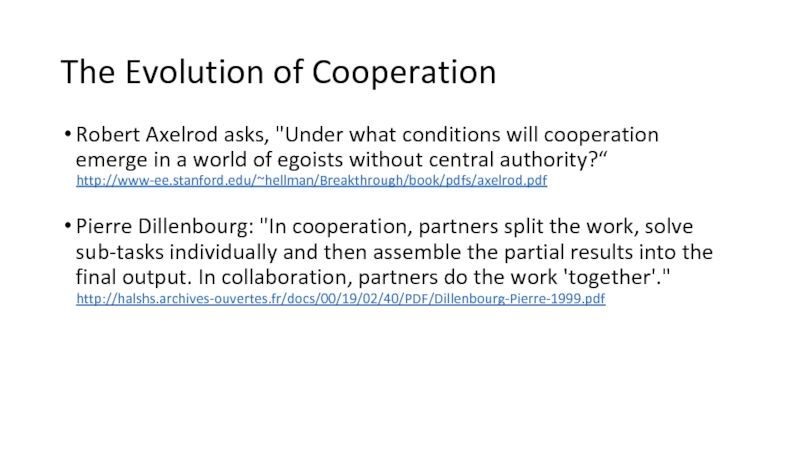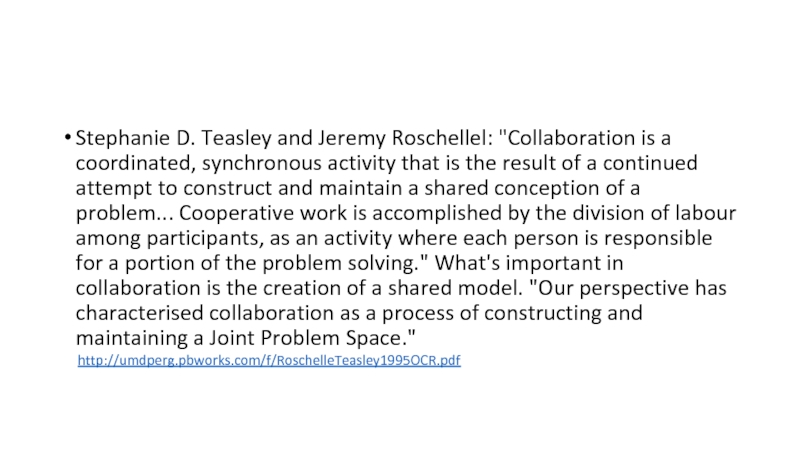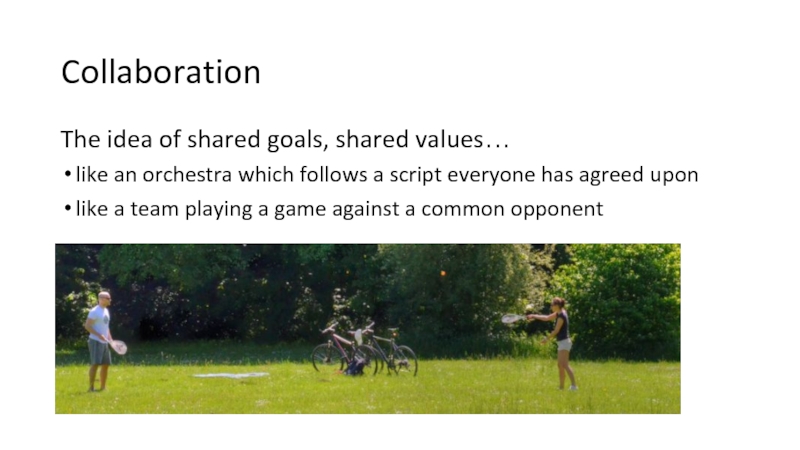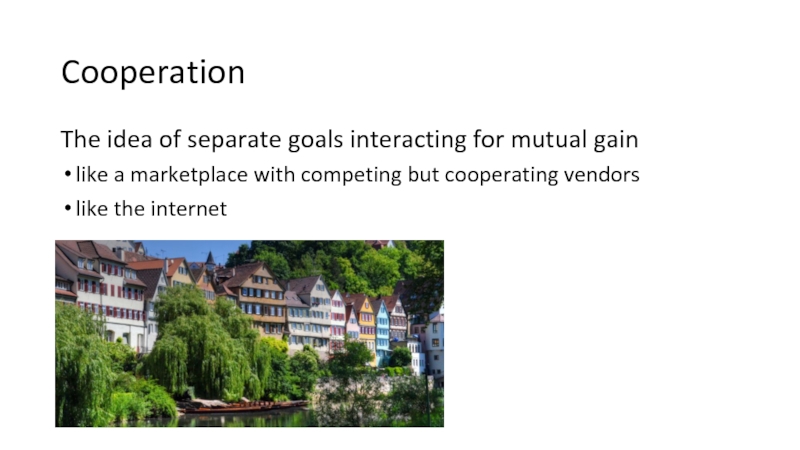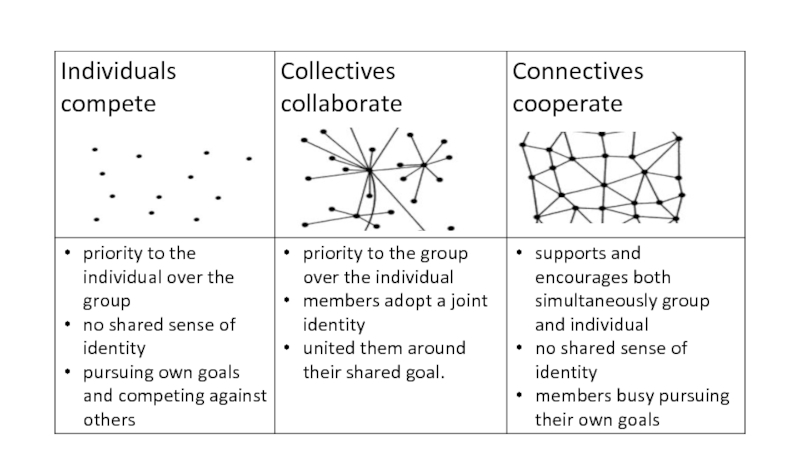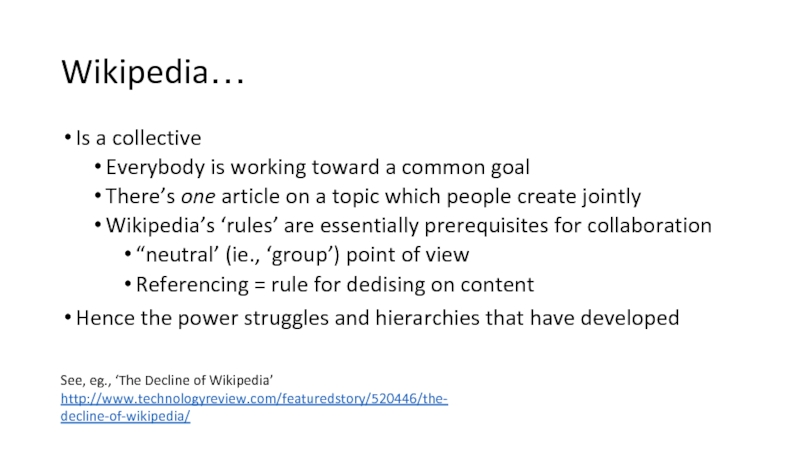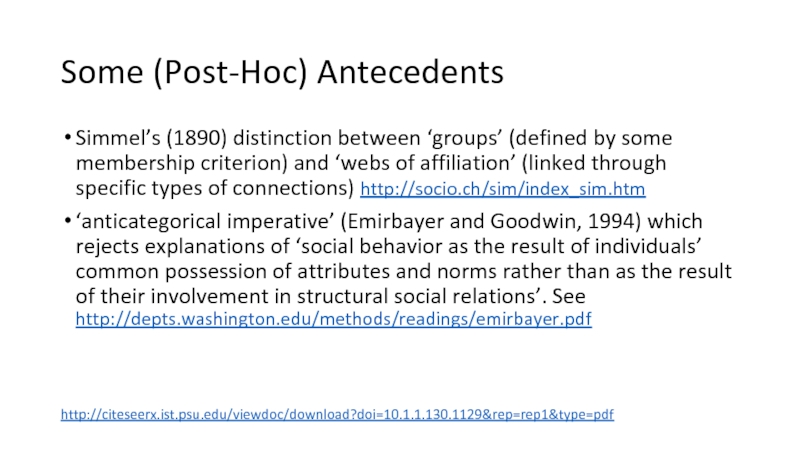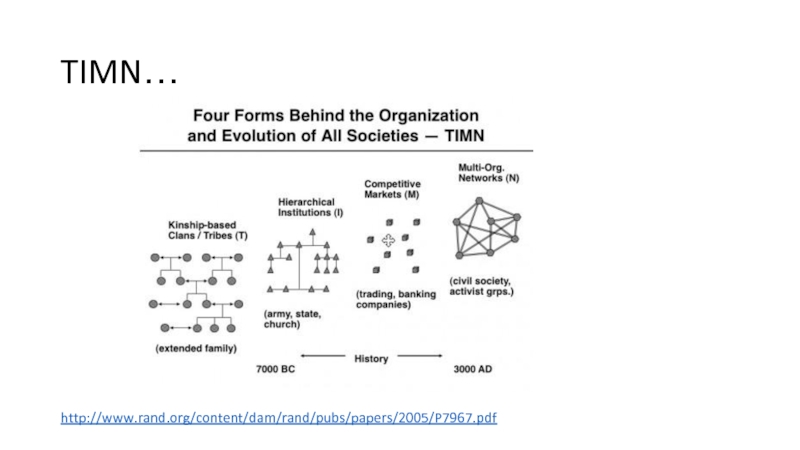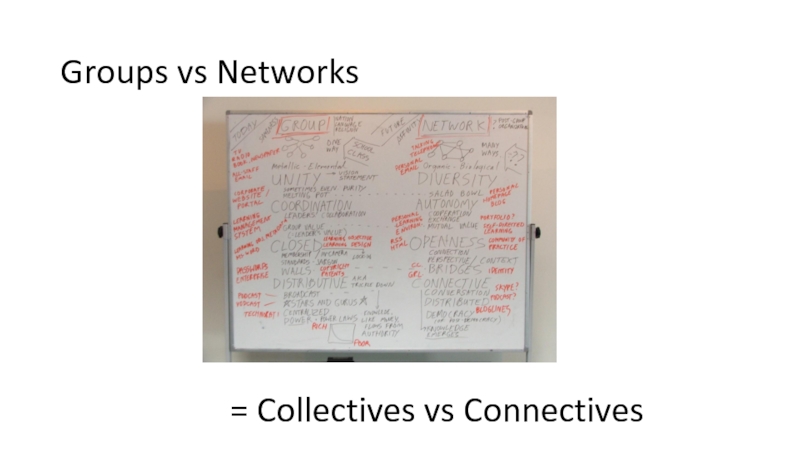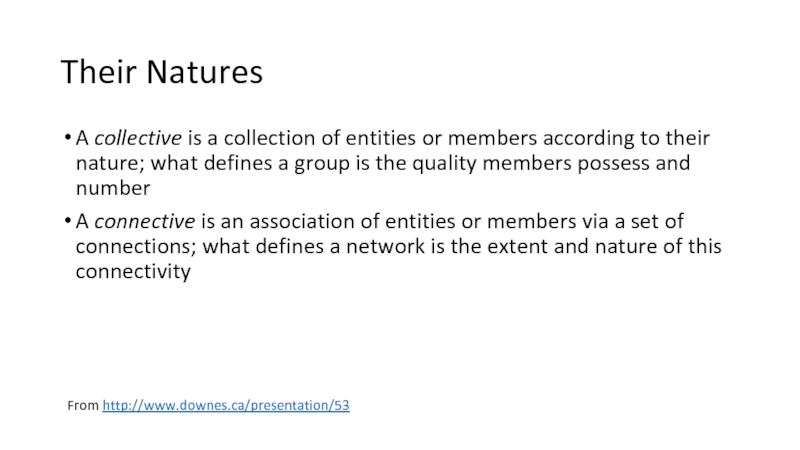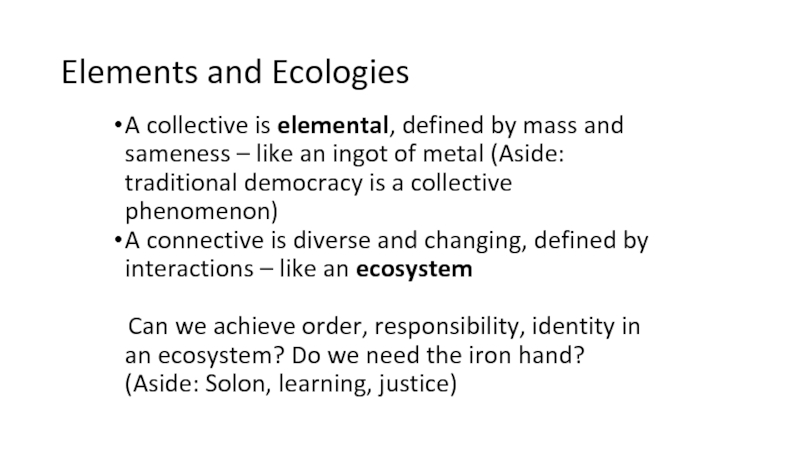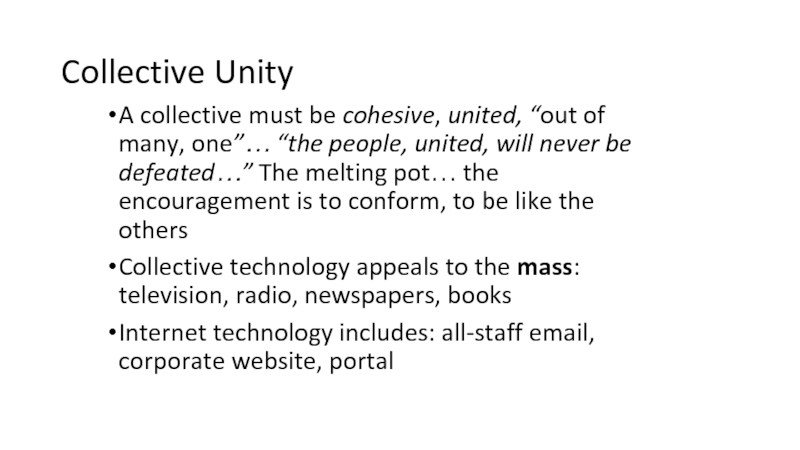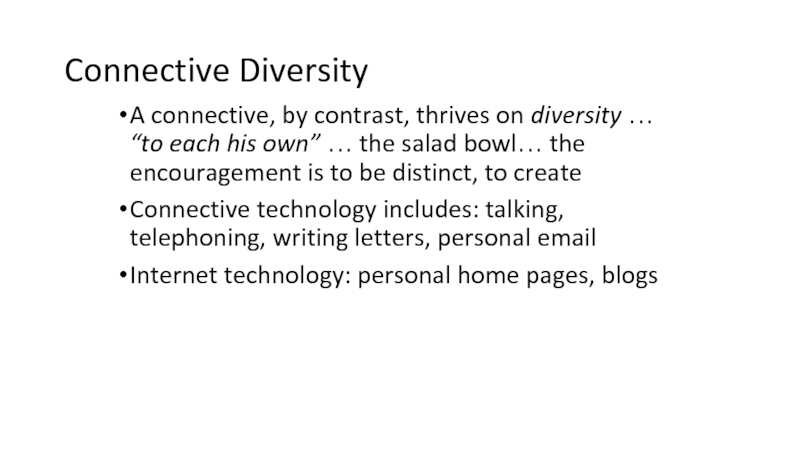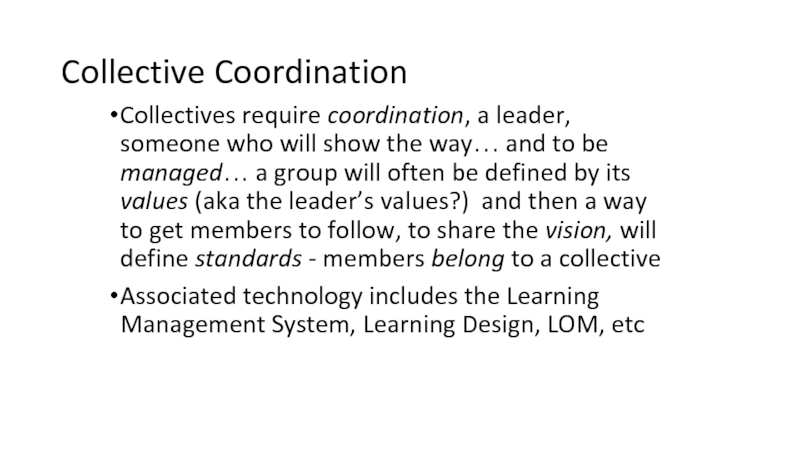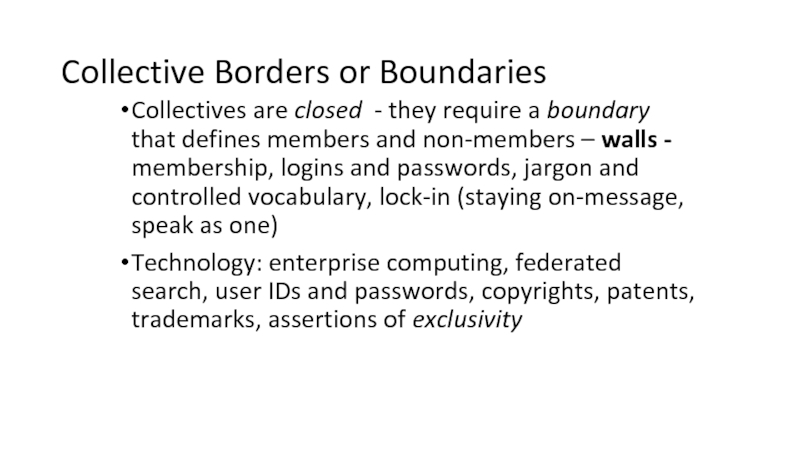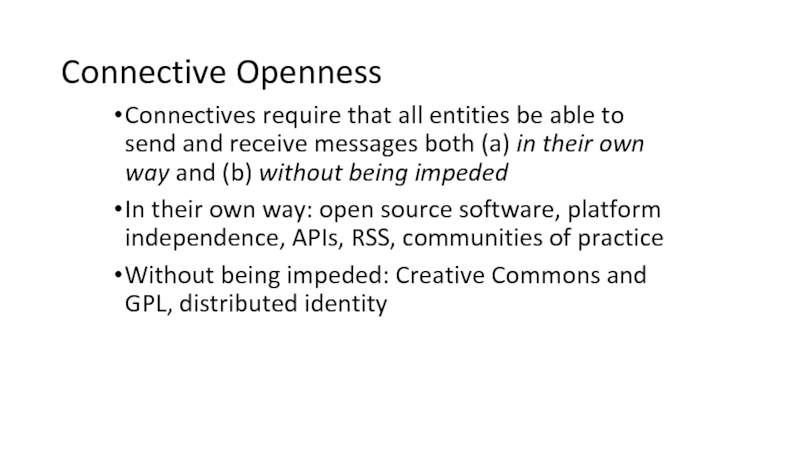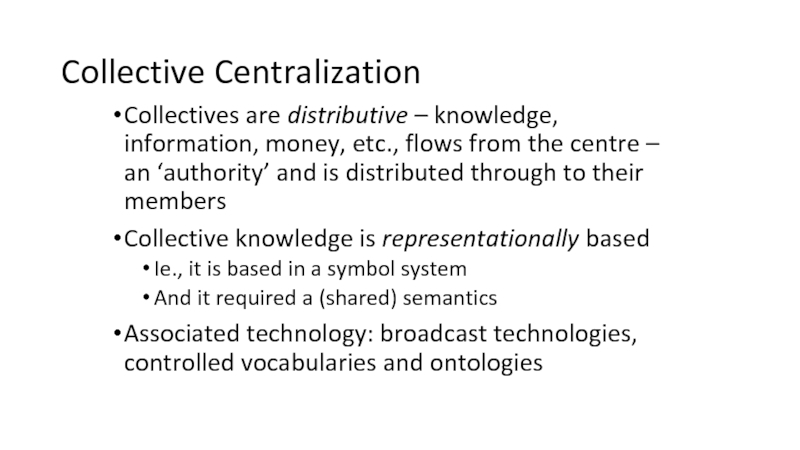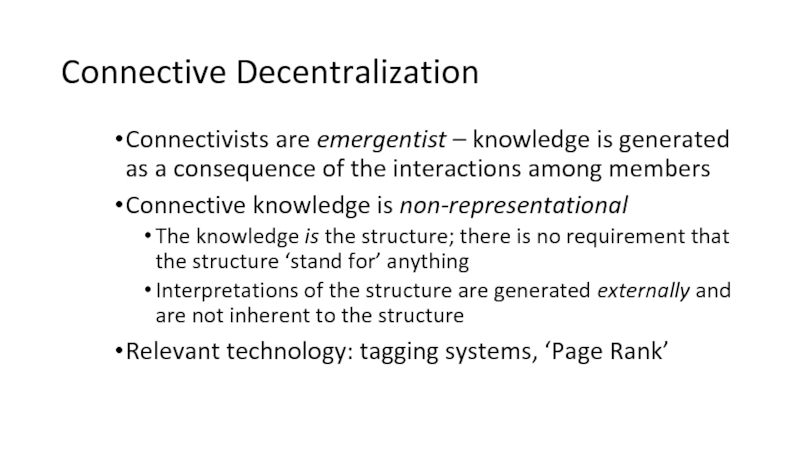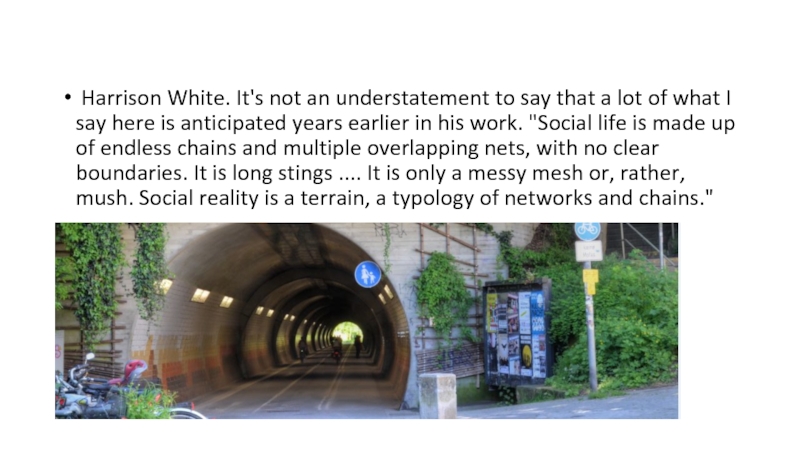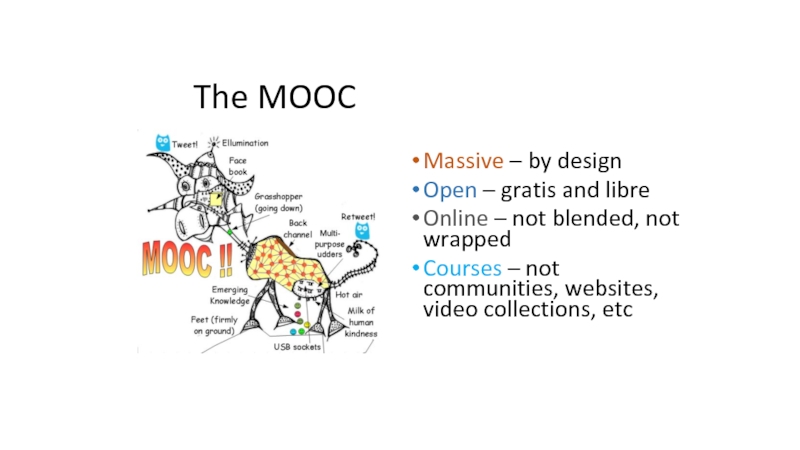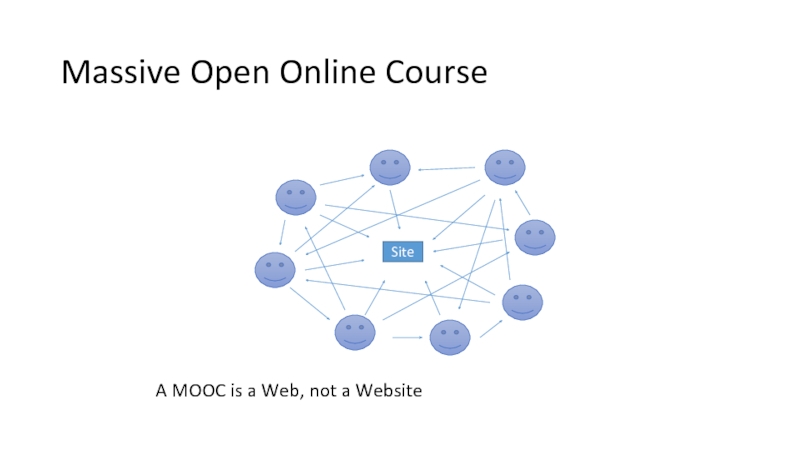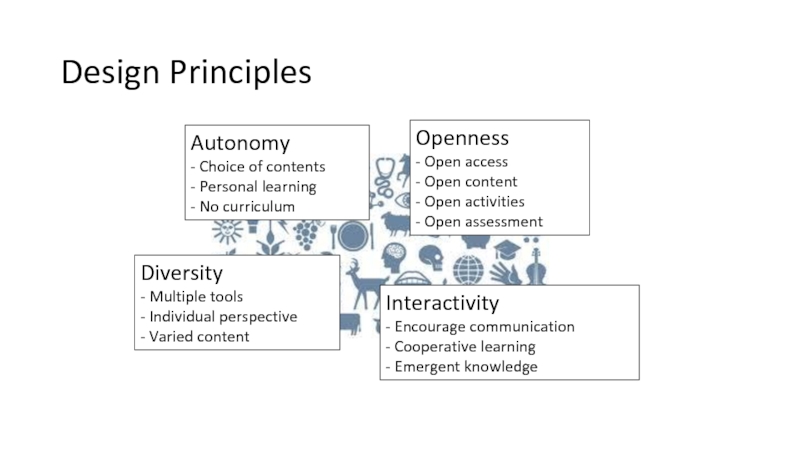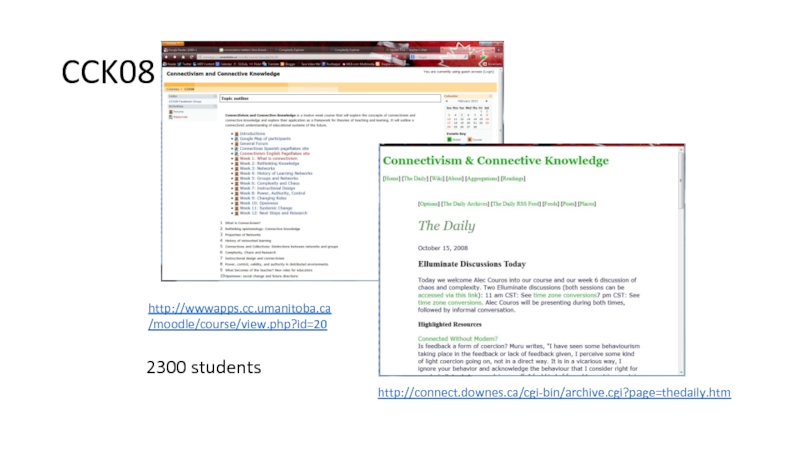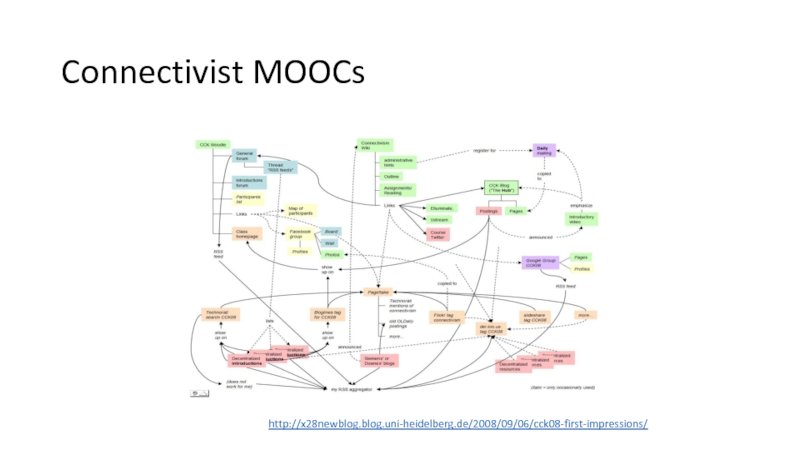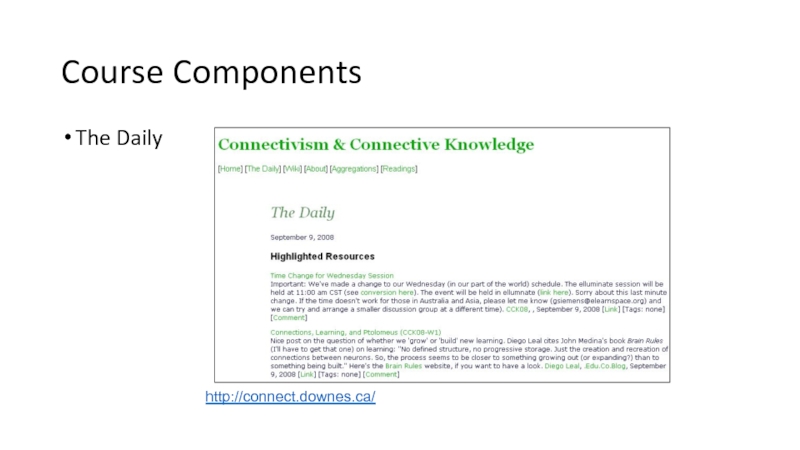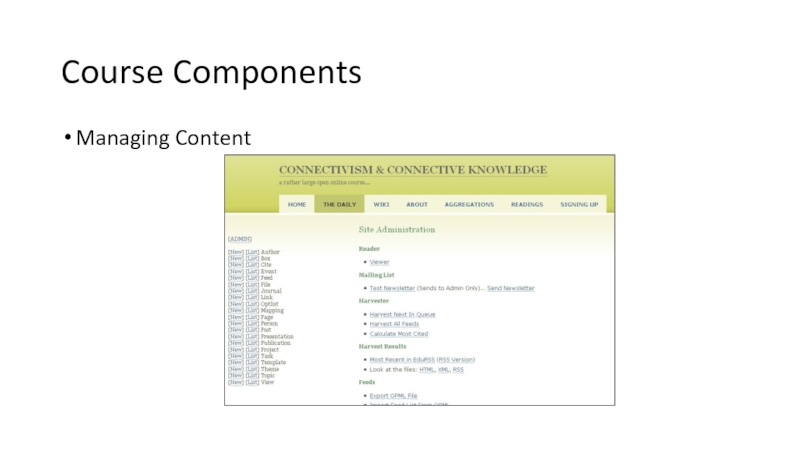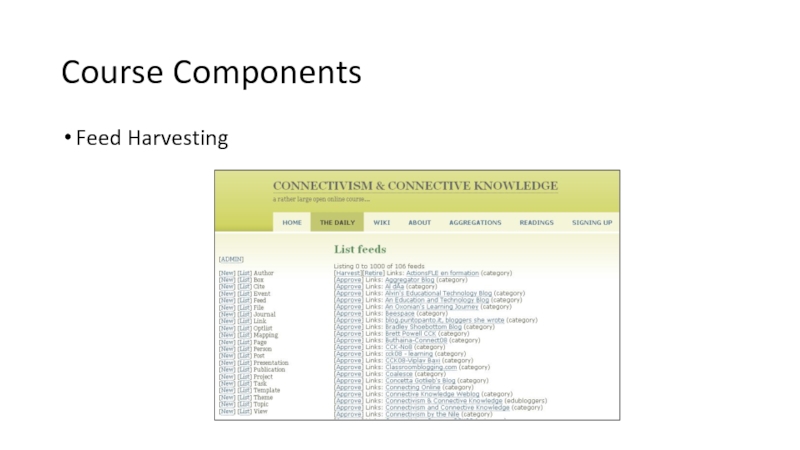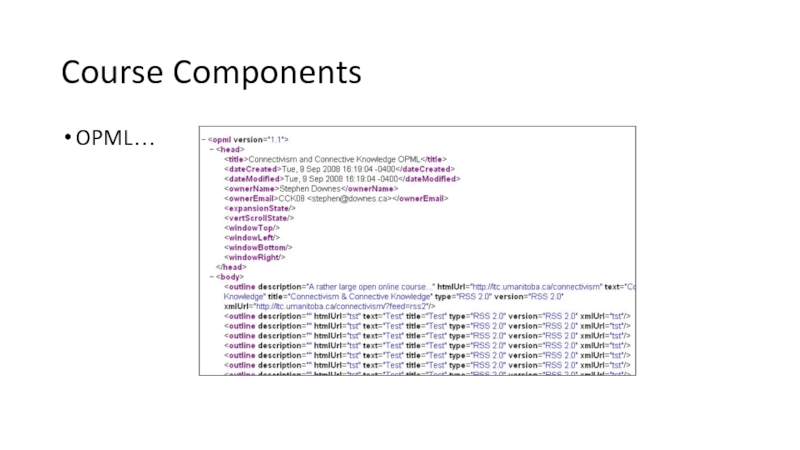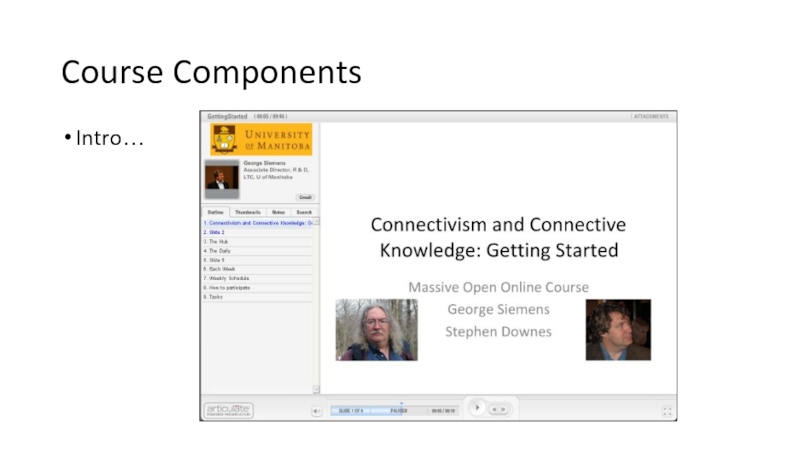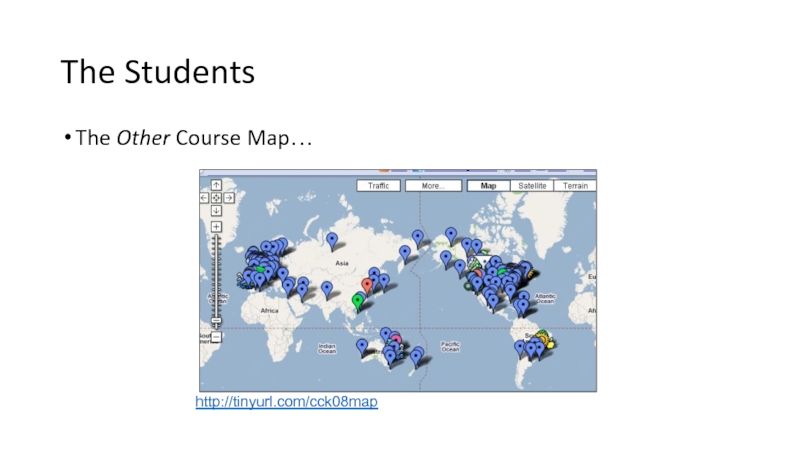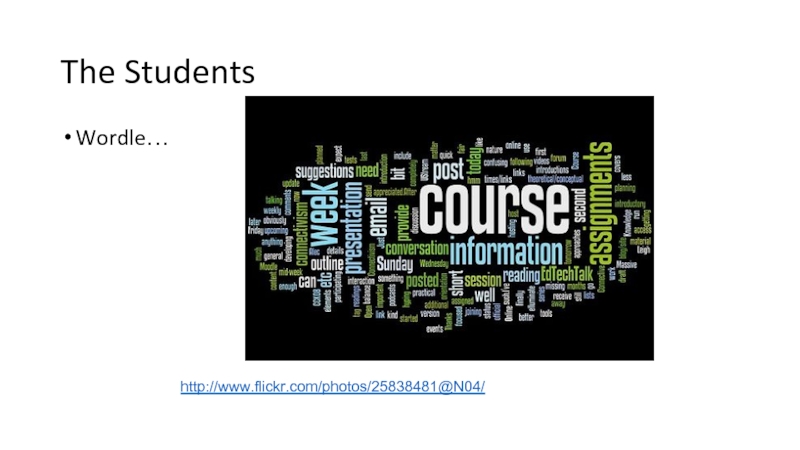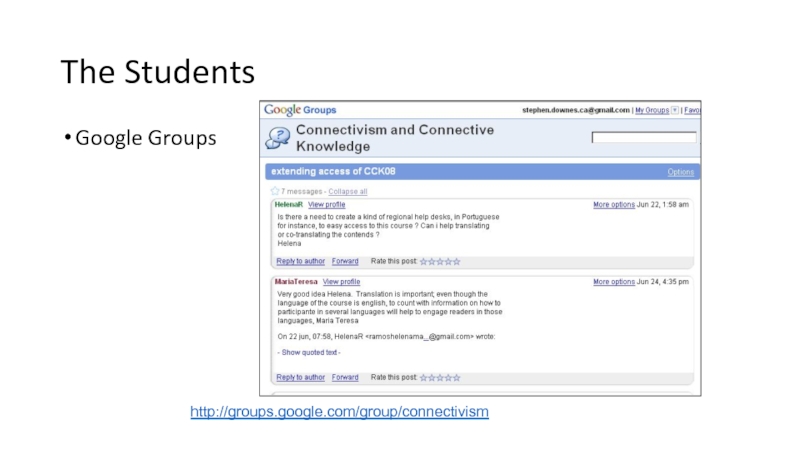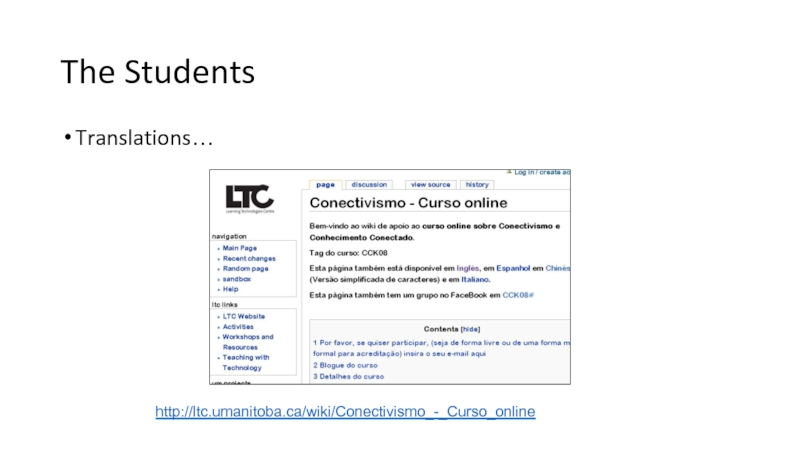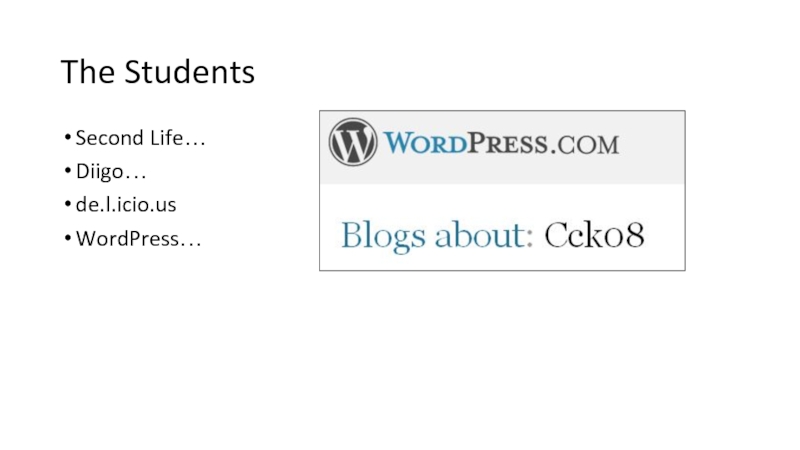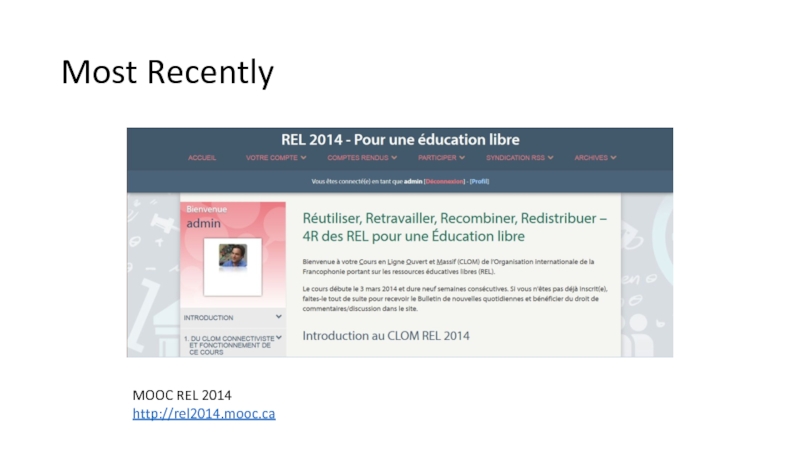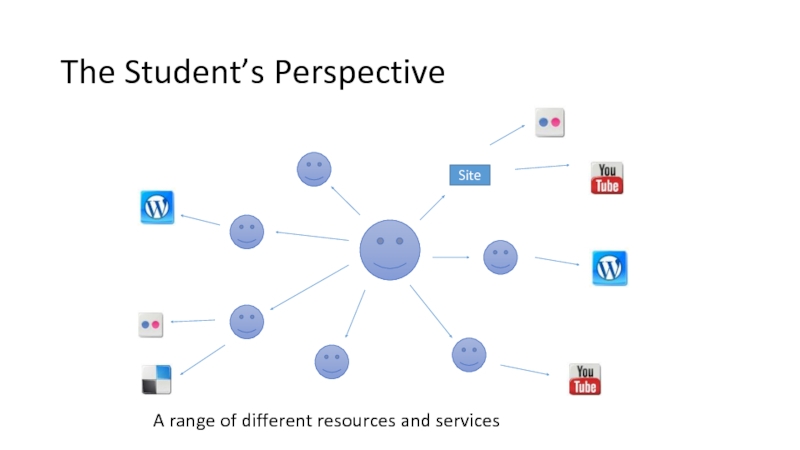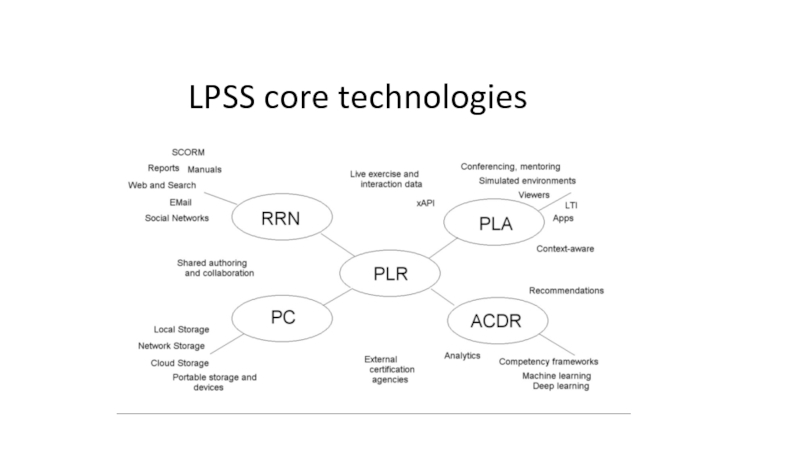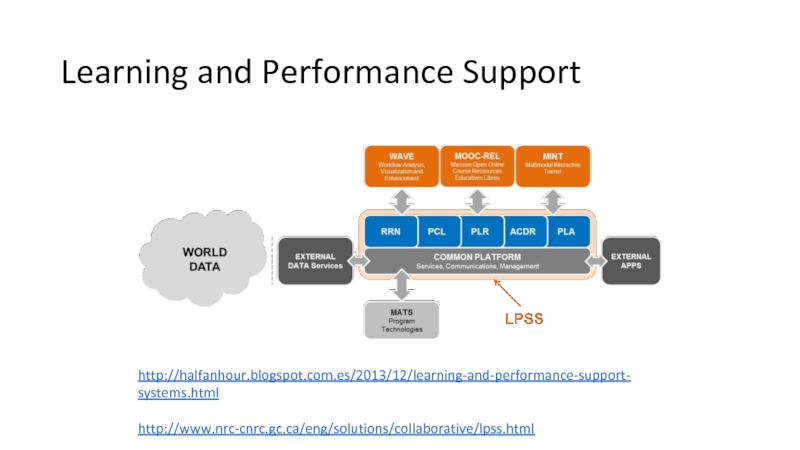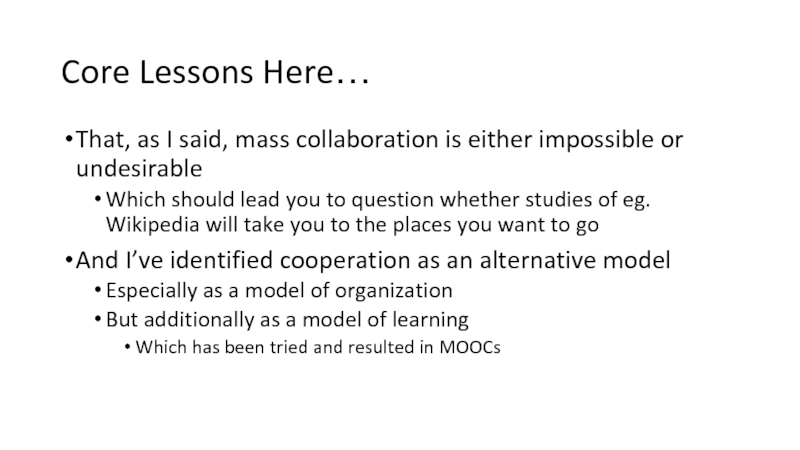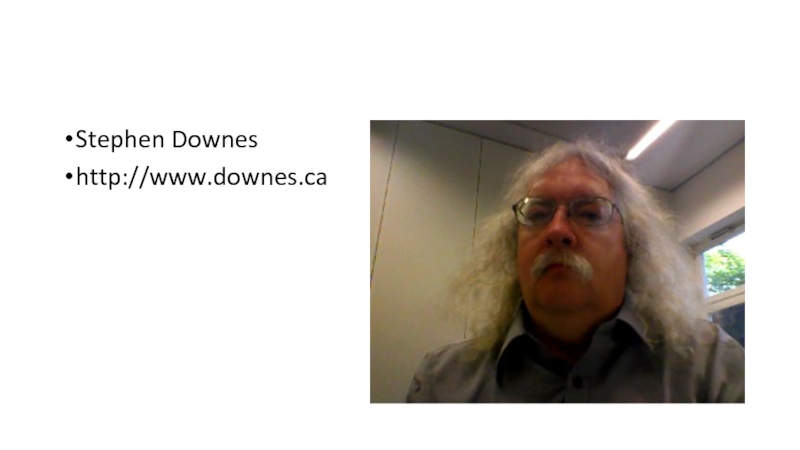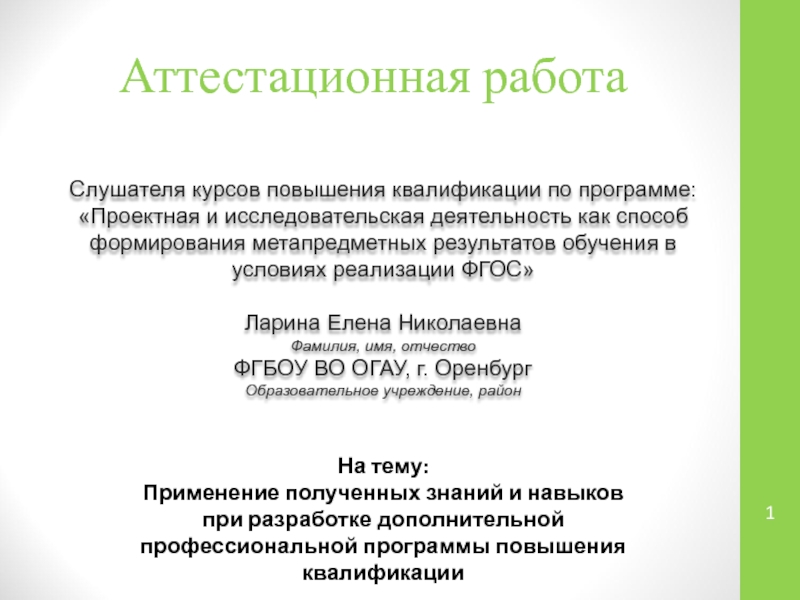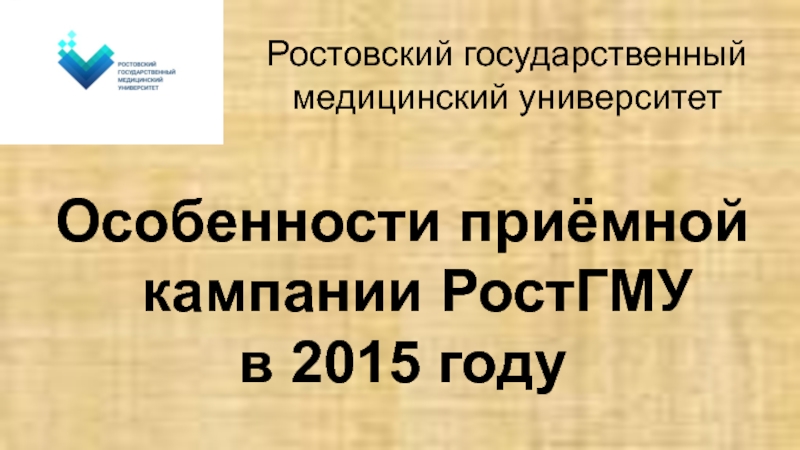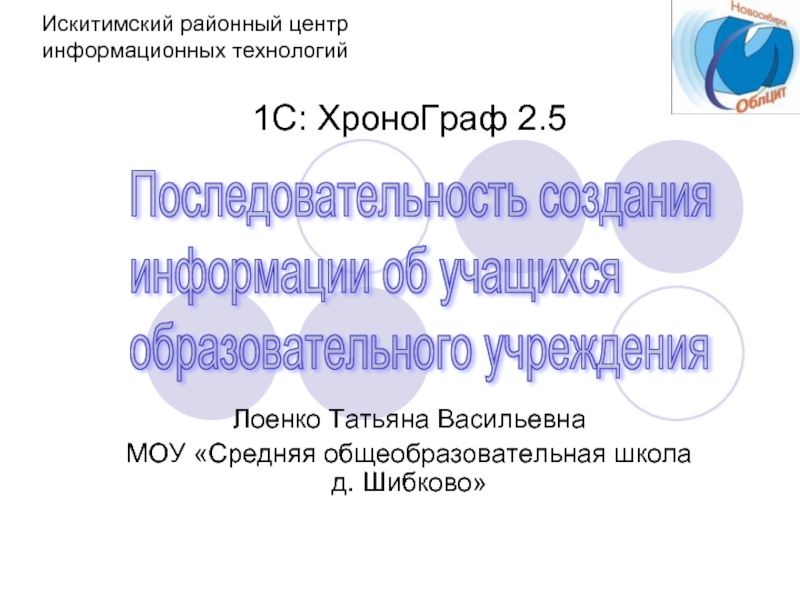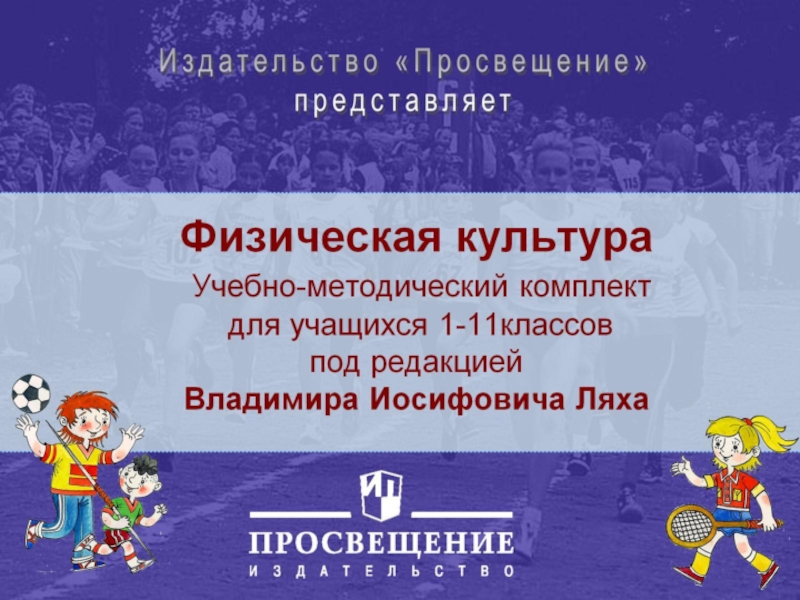- Главная
- Разное
- Дизайн
- Бизнес и предпринимательство
- Аналитика
- Образование
- Развлечения
- Красота и здоровье
- Финансы
- Государство
- Путешествия
- Спорт
- Недвижимость
- Армия
- Графика
- Культурология
- Еда и кулинария
- Лингвистика
- Английский язык
- Астрономия
- Алгебра
- Биология
- География
- Детские презентации
- Информатика
- История
- Литература
- Маркетинг
- Математика
- Медицина
- Менеджмент
- Музыка
- МХК
- Немецкий язык
- ОБЖ
- Обществознание
- Окружающий мир
- Педагогика
- Русский язык
- Технология
- Физика
- Философия
- Химия
- Шаблоны, картинки для презентаций
- Экология
- Экономика
- Юриспруденция
Collaboration and Cooperation презентация
Содержание
- 1. Collaboration and Cooperation
- 2. Proposition… That mass collaboration, properly so-called, is
- 3. The Evolution of Cooperation Robert Axelrod asks,
- 4. Stephanie D. Teasley and Jeremy Roschellel:
- 5. Let’s draw the distinction… When collaborating, people
- 6. Collaboration The idea of shared goals, shared
- 7. Cooperation The idea of separate goals interacting
- 9. Collectives are breeding grounds for hierarchies and
- 10. Wikipedia… Is a collective Everybody is working
- 11. Some (Post-Hoc) Antecedents Simmel’s (1890) distinction between
- 12. TIMN… http://www.rand.org/content/dam/rand/pubs/papers/2005/P7967.pdf
- 13. Groups vs Networks = Collectives vs Connectives
- 14. Their Natures A collective is a collection
- 15. Elements and Ecologies A collective is elemental,
- 16. Collective Unity A collective must be cohesive,
- 17. Connective Diversity A connective, by contrast, thrives
- 18. Collective Coordination Collectives require coordination, a leader,
- 19. Connective Autonomy Connectives require autonomy, that is,
- 20. Collective Borders or Boundaries Collectives are closed
- 21. Connective Openness Connectives require that all entities
- 22. Collective Centralization Collectives are distributive – knowledge,
- 23. Connective Decentralization Connectivists are emergentist – knowledge
- 24. Why Connectives? Nature of the knower: humans
- 25. Harrison White. It's not an
- 26. The MOOC Massive – by design Open
- 27. Massive Open Online Course Site
- 28. Design Principles Autonomy - Choice of contents
- 29. CCK08 http://connect.downes.ca/cgi-bin/archive.cgi?page=thedaily.htm http://wwwapps.cc.umanitoba.ca/moodle/course/view.php?id=20 2300 students
- 30. Connectivist MOOCs http://x28newblog.blog.uni-heidelberg.de/2008/09/06/cck08-first-impressions/
- 31. Course Components The Daily http://connect.downes.ca/
- 32. Course Components Managing Content
- 33. Course Components Feed Harvesting
- 34. Course Components OPML…
- 35. Course Components Intro…
- 36. The Students The Other Course Map… http://tinyurl.com/cck08map
- 37. The Students Wordle… http://www.flickr.com/photos/25838481@N04/
- 38. The Students Google Groups http://groups.google.com/group/connectivism
- 39. The Students Translations… http://ltc.umanitoba.ca/wiki/Conectivismo_-_Curso_online
- 40. The Students Second Life… Diigo… de.l.icio.us WordPress…
- 41. 2800 students 1800 students
- 42. Most Recently MOOC REL 2014 http://rel2014.mooc.ca
- 43. Personal Learning http://dmlcentral.net/blog/howard-rheingold/diy-u-interview-anya-kamenetz http://www.downes.ca/post/58150
- 44. The Student’s Perspective Site
- 45. LPSS core technologies
- 46. Learning and Performance Support http://halfanhour.blogspot.com.es/2013/12/learning-and-performance-support-systems.html http://www.nrc-cnrc.gc.ca/eng/solutions/collaborative/lpss.html
- 47. Core Lessons Here… That, as I said,
- 48. Stephen Downes http://www.downes.ca
Слайд 1Collaboration and Cooperation
Stephen Downes
National Research Council Canada
May 22, 2014
Workshop on “Mass
Leibniz-Institut für Wissensmedien
Knowledge Media Research Centre
Tübingen, Germany
Слайд 2Proposition…
That mass collaboration, properly so-called, is not possible
(or, to the extent
And that instead we should be exploring mass cooperation as an alternative objective
Слайд 3The Evolution of Cooperation
Robert Axelrod asks, "Under what conditions will cooperation
Pierre Dillenbourg: "In cooperation, partners split the work, solve sub-tasks individually and then assemble the partial results into the final output. In collaboration, partners do the work 'together'."
http://www-ee.stanford.edu/~hellman/Breakthrough/book/pdfs/axelrod.pdf
http://halshs.archives-ouvertes.fr/docs/00/19/02/40/PDF/Dillenbourg-Pierre-1999.pdf
Слайд 4
Stephanie D. Teasley and Jeremy Roschellel: "Collaboration is a coordinated, synchronous
http://umdperg.pbworks.com/f/RoschelleTeasley1995OCR.pdf
Слайд 5Let’s draw the distinction…
When collaborating, people work together (co-labor) on a
When cooperating, people perform together (co-operate) while working on selfish yet common goals.
Heavily borrowed from http://cloudhead.headmine.net/post/3279118157/cooperation-vs-collaboration
Слайд 6Collaboration
The idea of shared goals, shared values…
like an orchestra which follows
like a team playing a game against a common opponent
Слайд 7Cooperation
The idea of separate goals interacting for mutual gain
like a
like the internet
Слайд 9Collectives are breeding grounds for hierarchies and power struggles
“Even with the
http://cloudhead.headmine.net/post/3279118157/cooperation-vs-collaboration
Слайд 10Wikipedia…
Is a collective
Everybody is working toward a common goal
There’s one article
Wikipedia’s ‘rules’ are essentially prerequisites for collaboration
“neutral’ (ie., ‘group’) point of view
Referencing = rule for dedising on content
Hence the power struggles and hierarchies that have developed
See, eg., ‘The Decline of Wikipedia’ http://www.technologyreview.com/featuredstory/520446/the-decline-of-wikipedia/
Слайд 11Some (Post-Hoc) Antecedents
Simmel’s (1890) distinction between ‘groups’ (defined by some membership
‘anticategorical imperative’ (Emirbayer and Goodwin, 1994) which rejects explanations of ‘social behavior as the result of individuals’ common possession of attributes and norms rather than as the result of their involvement in structural social relations’. See http://depts.washington.edu/methods/readings/emirbayer.pdf
http://citeseerx.ist.psu.edu/viewdoc/download?doi=10.1.1.130.1129&rep=rep1&type=pdf
Слайд 14Their Natures
A collective is a collection of entities or members according
A connective is an association of entities or members via a set of connections; what defines a network is the extent and nature of this connectivity
From http://www.downes.ca/presentation/53
Слайд 15Elements and Ecologies
A collective is elemental, defined by mass and sameness
A connective is diverse and changing, defined by interactions – like an ecosystem
Can we achieve order, responsibility, identity in an ecosystem? Do we need the iron hand? (Aside: Solon, learning, justice)
Слайд 16Collective Unity
A collective must be cohesive, united, “out of many, one”…
Collective technology appeals to the mass: television, radio, newspapers, books
Internet technology includes: all-staff email, corporate website, portal
Слайд 17Connective Diversity
A connective, by contrast, thrives on diversity … “to each
Connective technology includes: talking, telephoning, writing letters, personal email
Internet technology: personal home pages, blogs
Слайд 18Collective Coordination
Collectives require coordination, a leader, someone who will show the
Associated technology includes the Learning Management System, Learning Design, LOM, etc
Слайд 19Connective Autonomy
Connectives require autonomy, that is, that each individual operate independently
Associated technology: e-portfolios, personal learning environments
Слайд 20Collective Borders or Boundaries
Collectives are closed - they require a boundary
Technology: enterprise computing, federated search, user IDs and passwords, copyrights, patents, trademarks, assertions of exclusivity
Слайд 21Connective Openness
Connectives require that all entities be able to send and
In their own way: open source software, platform independence, APIs, RSS, communities of practice
Without being impeded: Creative Commons and GPL, distributed identity
Слайд 22Collective Centralization
Collectives are distributive – knowledge, information, money, etc., flows from
Collective knowledge is representationally based
Ie., it is based in a symbol system
And it required a (shared) semantics
Associated technology: broadcast technologies, controlled vocabularies and ontologies
Слайд 23Connective Decentralization
Connectivists are emergentist – knowledge is generated as a consequence
Connective knowledge is non-representational
The knowledge is the structure; there is no requirement that the structure ‘stand for’ anything
Interpretations of the structure are generated externally and are not inherent to the structure
Relevant technology: tagging systems, ‘Page Rank’
Слайд 24Why Connectives?
Nature of the knower: humans are more like connectives than
Quality of the knowledge: collectives are limited by the capacity of the leader
Nature of the knowledge: collective knowledge is transmitted and simple (cause-effect, yes-no, etc) while network knowledge is emergent and complex
Слайд 25
Harrison White. It's not an understatement to say that a
http://citeseerx.ist.psu.edu/viewdoc/download?doi=10.1.1.195.3584&rep=rep1&type=pdf
Слайд 26The MOOC
Massive – by design
Open – gratis and libre
Online – not
Courses – not communities, websites, video collections, etc
Слайд 28Design Principles
Autonomy
- Choice of contents
- Personal learning
- No curriculum
Diversity
- Multiple tools
-
- Varied content
Openness
- Open access
- Open content
- Open activities
- Open assessment
Interactivity
- Encourage communication
- Cooperative learning
- Emergent knowledge
Слайд 29CCK08
http://connect.downes.ca/cgi-bin/archive.cgi?page=thedaily.htm
http://wwwapps.cc.umanitoba.ca/moodle/course/view.php?id=20
2300 students
Слайд 30Connectivist MOOCs
http://x28newblog.blog.uni-heidelberg.de/2008/09/06/cck08-first-impressions/
Слайд 41
2800 students
1800 students
3000 students
http://edfuture.net/
http://change.mooc.ca/
http://connect.downes.ca/
OTHER COURSES
Слайд 43Personal Learning
http://dmlcentral.net/blog/howard-rheingold/diy-u-interview-anya-kamenetz
http://www.downes.ca/post/58150
Слайд 46Learning and Performance Support
http://halfanhour.blogspot.com.es/2013/12/learning-and-performance-support-systems.html
http://www.nrc-cnrc.gc.ca/eng/solutions/collaborative/lpss.html
Слайд 47Core Lessons Here…
That, as I said, mass collaboration is either impossible
Which should lead you to question whether studies of eg. Wikipedia will take you to the places you want to go
And I’ve identified cooperation as an alternative model
Especially as a model of organization
But additionally as a model of learning
Which has been tried and resulted in MOOCs
